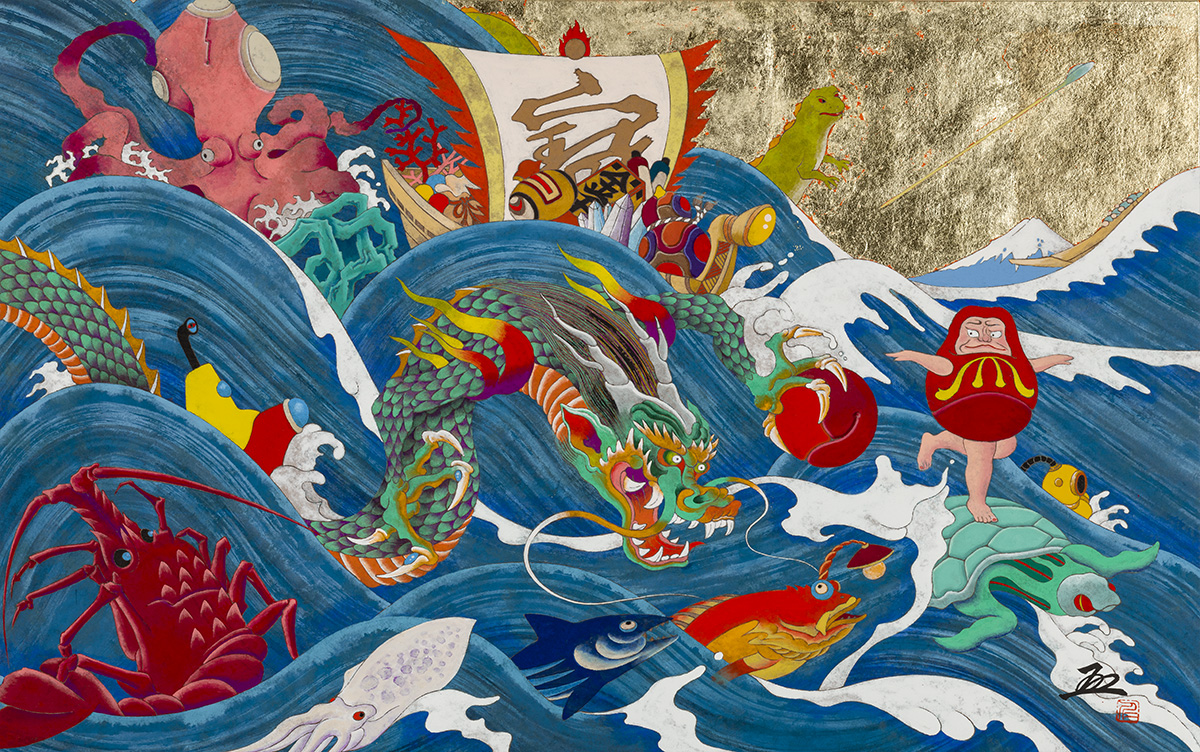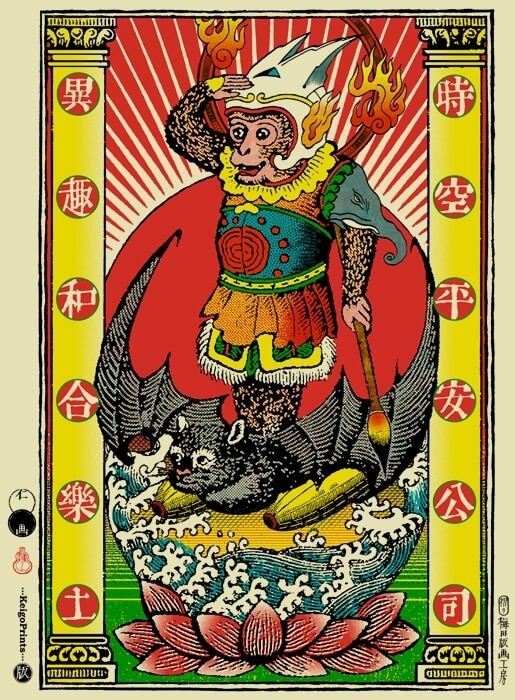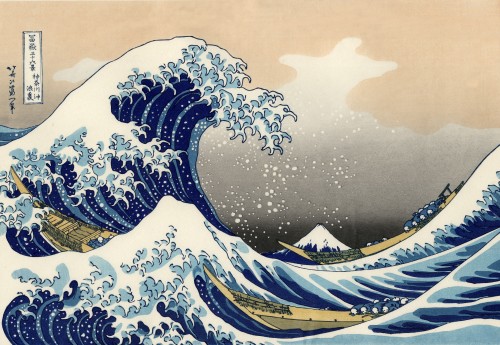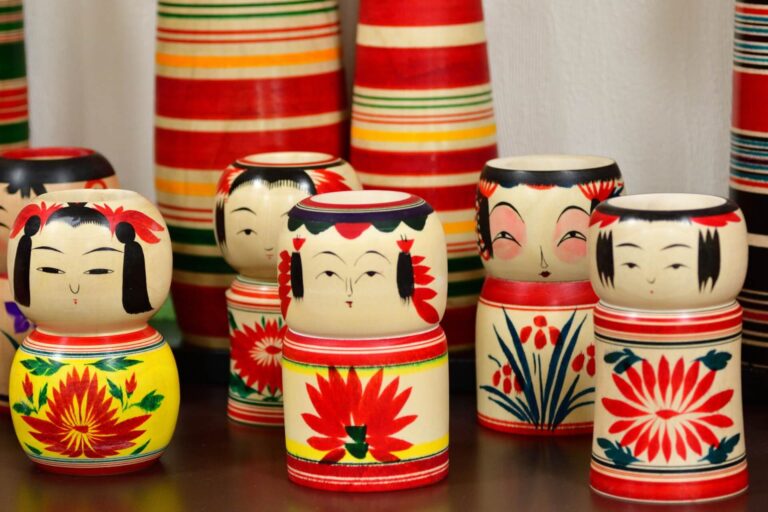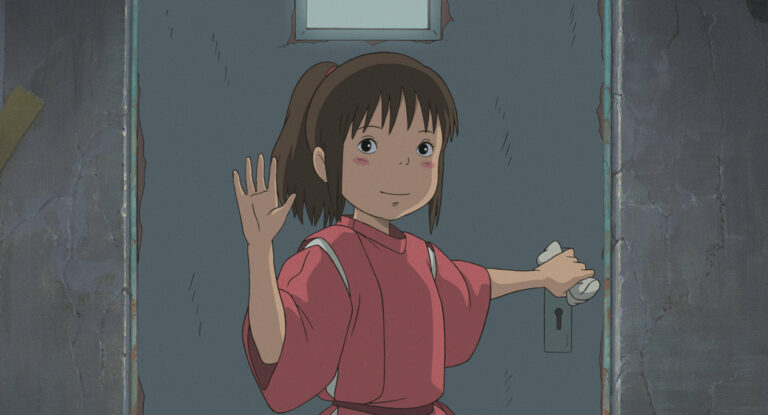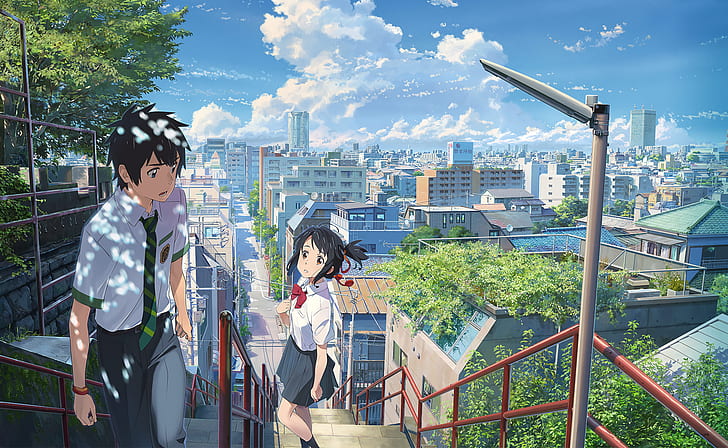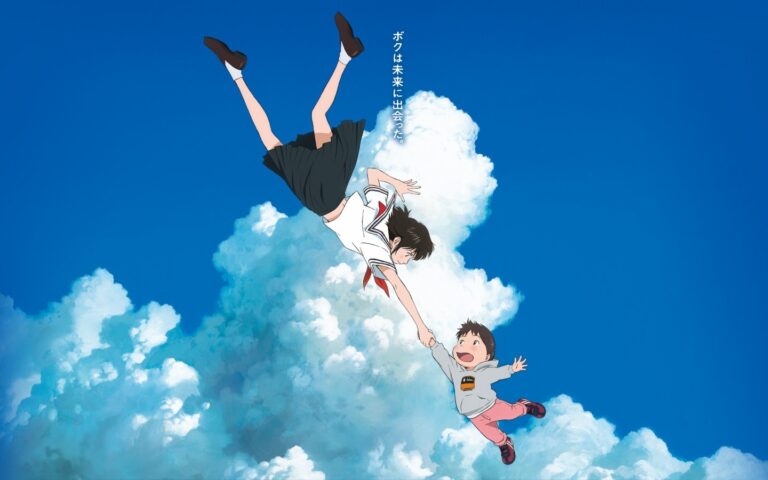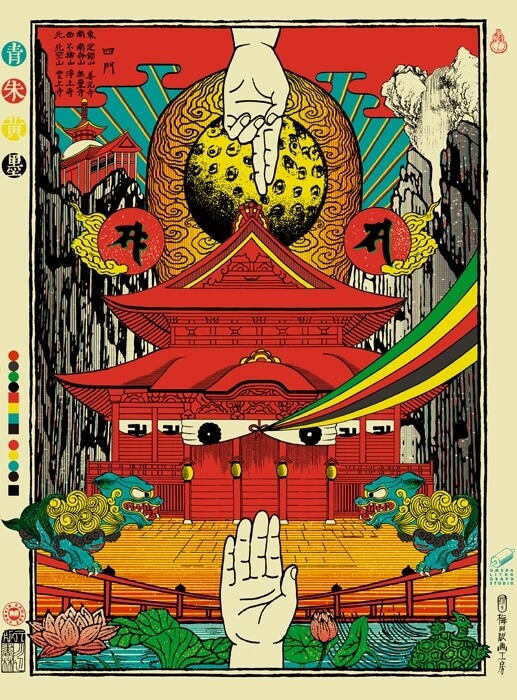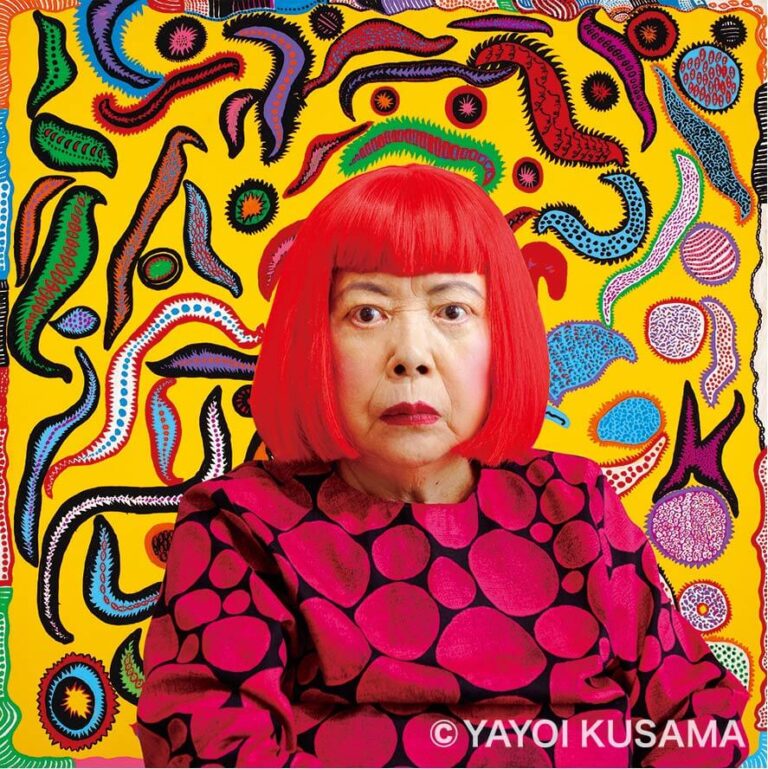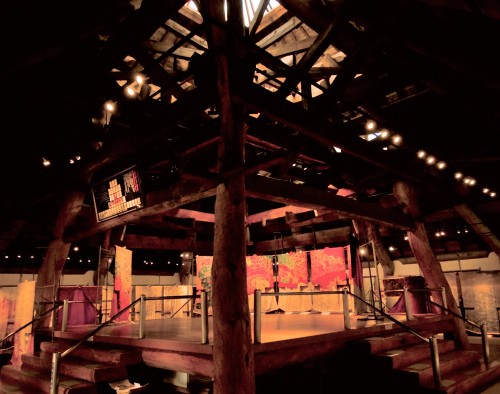Art Space Japan: Yoshitomo Nara
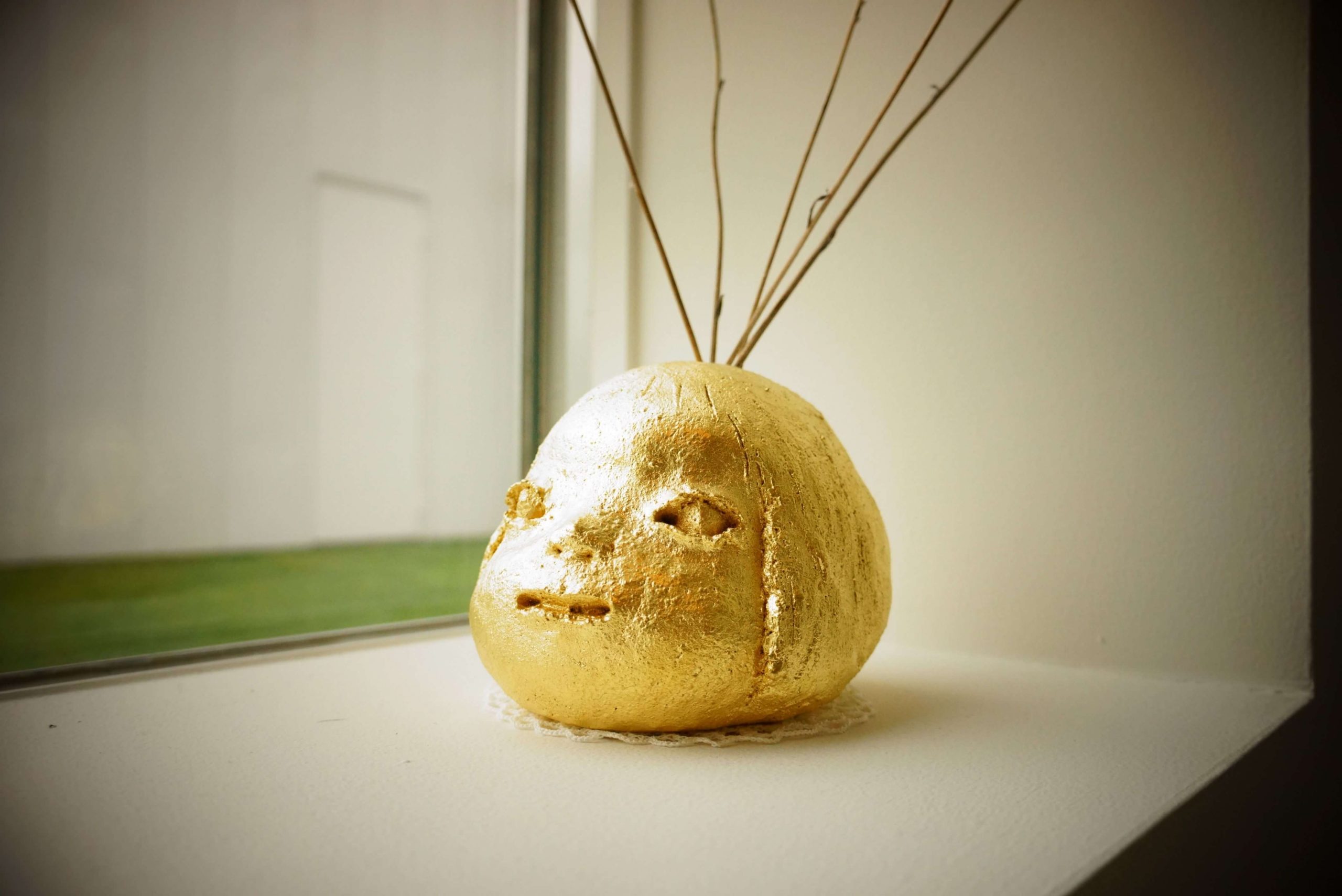

A native of Aomori Prefecture in the north of Japan, Yoshitomo Nara has established himself as one of Japan’s most successful contemporary artists. Gaining fame during Japan’s ‘Superflat’ pop art movement of the 1990s, his paintings and sculptures often depict children and animals that seem both sweet yet menacing and in conflict with the world around them. Influenced by both Western and Japanese art movements, including ‘manga’ techniques from his homeland, Yoshitomo’s work appears simple however he has won acclaim and popularity from critics and fans who find his art to be philosophical and spiritual.
Early Life & Loneliness
Born Aomori Prefecture in 1959, Yoshitomo Nara / 奈良 美智 grew-up in a rural community, a long way from the creative centres of Tokyo or Osaka. While he was youngest of three boys, his brothers were around ten years older and his parents maintained busy schedules, subjecting him to a lonely childhood. Seen as a sensitive boy from a young age, Yoshitomo has remarked that he felt more comfortable in the presence of and could communicate better with animals than humans. Both his father and grandfather were Shinto priests, the teachings of whom would come to influence his work along with American pop culture flooding into Japan following the end of the war.
Despite a lack of exposure to the arts, Yoshitomo started sculpting and painting at a young age and as he entered his teenage years, took inspiration from album covers, especially Western bands. Upon his school graduation, he enrolled in a Bachelor of Fine Arts at the Aichi Prefectural University of Fine Arts and Music in 1985 before moving onto a Master of Fine Arts. Between 1988 and 1993, Yoshitomo resided in Germany where he undertook an apprenticeship at the German State Academy of Arts. This period was highly influential as he was exposed to ‘neo-expressionist’ preferences for aggressive brushstrokes, heavy outlines, and bold colours to express himself.
Maturing into a Modern Artist
During his time in Germany, Yoshitomo felt loneliness and isolation similar to that of his childhood, and upon completion of his apprenticeship, he questioned the value of a career in the arts. Despite his misgivings, he setup his own studio in Cologne in 1993 – a great challenge in country in which he barely spoke the language – where he would enjoy his first success by drawing promotional posters for the film ‘Lotta Leaves Home’. Collaborative projects with Japanese novelist Yoshimoto Banana and commissions to draw album covers for Japanese bands would soon follow, and brought Yoshitomo further success and an increasing public profile in his homeland.
Yoshitomo Nara returned to Japan in 2000 and setup a studio in Tokyo. Around this time, he became known as part of the ‘Superflat Movement’, a style of Japanese pop art of which other notable artists such as Murakami Takashi are associated. Distinctly different to the digital and bright artwork of Murakami, Yoshitomo Nara’s art is drawn or painted by hand and is subdued in colour, with a preference for pastels and repetition. Strong-willed children and animals dominate his artwork, at once innocent, menacing yet vulnerable and bearing faces inspired by traditional Japanese masks. As such, his art is said to reflect feelings of isolation and alienation he has seemingly endured his entire life.
Recognition & Popularity
Through the early-21st century, Yoshitomo’s profile continued to rise in both Japan and aboard, as his style was easily conflated with the emerging popularity of street art around the world and as he explored additional mediums including ceramics and photography. In 2011, Yoshitomo took-up residency at the Aichi Prefectural University of Fine Arts and Music and now operates studios in both Japan and Germany. His work has found popularity in both his homeland of Japan and other Asian countries, lending itself easily to mass production and commercial application including production of toys, figurines, t-shirts and many other products.
YOSHITOMO NARA: ACCLAIM vs CRITICISM
One of Japan’s most successful active artists, Yoshitomo Nara’s art divides opinion. For many, its apparent cuteness is disarming, allowing the artist to explore deeper themes of isolation, aggression and perhaps loathing that have dominated his life. For others, his work is simplistic, juvenile and shallow, revealing little about the world around them.
Yoshitomo’s use of simple lines, colours and spare imagery make his portraits instantly recongisable. In doing so, he has an unmistakable and signature style that has elevated his work into the popular consciousness. Employing a simple drawing technique, Yoshitomo follows Japan’s tradition of ‘manga’ in using a seemingly simple medium to explore feelings that transcend his personal experience to those that are engrained in Japanese culture – feelings of isolation, alienation and simmering anger, in a country that often favours the cute and surreal and avoiding open conflict.
Yet the artist himself denies his work stems from the tradition of manga and claims deeper spirituality in his work, influenced by Shinto beliefs and teachings directly experienced through his family. Critics of his work are not won-over by any such arguments finding his work to be ‘kitstch’, ‘cutesy’ and repetitive. However if a measure of an artist their ability to generate debate, then whether you like his work or not, it can be confidently said that Yoshitomo Nara is succeeding as an artist.
YOSHITOMO NARA: WHERE TO FIND HIS WORK
Given his popularity, the drawings, paintings and sculptors of Yoshitomo Nara can be found in many museum collections across Japan, with some large outdoor installations also attracting thousands of visitors each year. The list below is by no means exhaustive however these venues offer the best opportunities to enjoy his work:
N’s YARD, Tochigi
Located around 2.5 hours north of Tokyo, N’s Yard is a private museum dedicated to the work of Yoshitomo Nara and exhibiting other modern artists. The museum’s location was selected by Yoshitomo and its design intended to create a casual and personal setting in which viewers can view and experience his world. Five galleries exhibit his paintings, drawings and sculptures along with exhibition of his personal collection of records, dolls and work by other artists. Set in a tranquil landscape and garden, the museum also includes a cafe and museum shop, where his work is available to purchase. The museum is open daily – except for Tuesdays and Wednesdays – from 10:00 to 17:00 with last entry at 16:30. Also closed during winter, from mid-December to late-March. Admission costs: Adult JPY1500 / High School Students JPY1000 / Primary & Junior High School JPY500 / Preschool and below are free of charge.
HARA MUSEUM OF CONTEMPORARY ART, Tokyo
First opened in 19179, the Hara Museum of Contemporary Art was one of the first exhibition spaces in Tokyo to be dedicated to modern artwork. Today, the museum houses around 1000 artworks – including paintings, sculptures, installations, photographs and videos – and includes pieces by renowned international artists including Yoshitomo Nara, Andy Warhol, Mark Rothko, and Jackson Pollock. The museum is open daily from 11:00 to 16:00. Closed on Mondays, between exhibitions and Dec.28-Jan.9. Admission costs: Adult JPY1100 / High School & Uni Students JPY700 / Primary & Junior High School Students JPY500 / Seniors (70+) JPY550. Tickets must be booked in advance via the museum’s website.
21st CENTURY MUSEUM OF CONTEMPORARY ART, Kanazawa
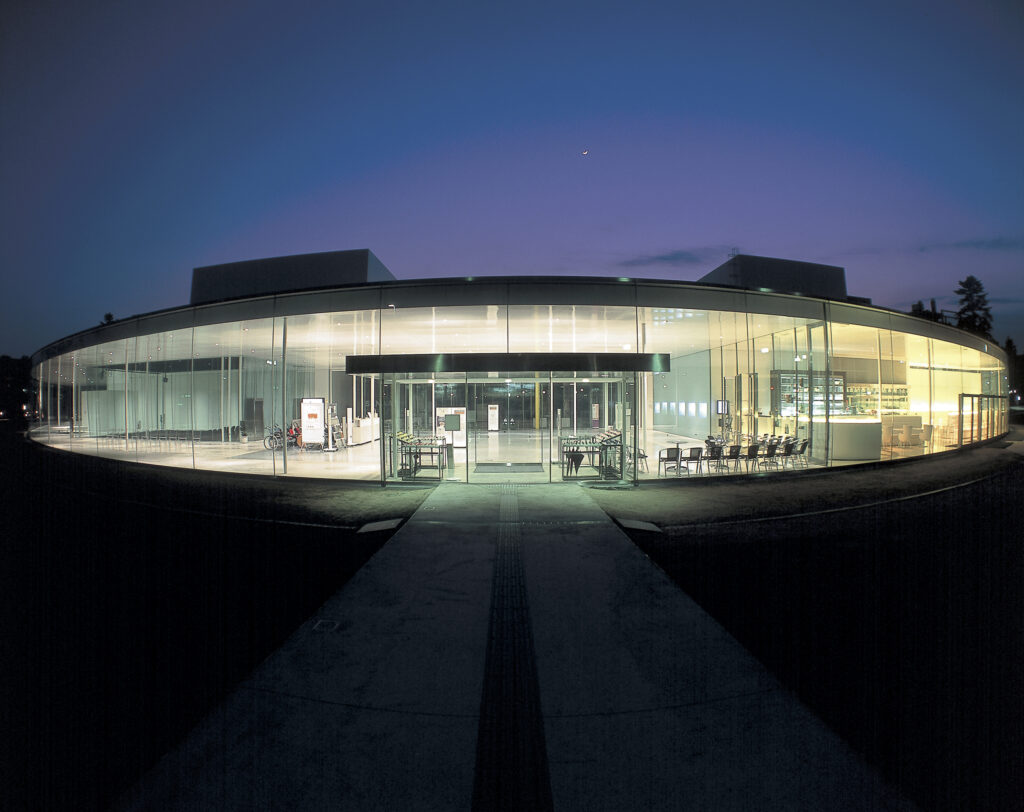

As the northern terminus of the Hokuriku Shinkansen line, Kanazawa is an easy destination to reach from Tokyo. A popular stop for many international visitors, Kanazawa is a historically important city with several fantastic museums and galleries. Among them, the 21st Century Museum of Contemporary Art is the most popular. Conveniently located next to Kenrokuen Garden and Kanazawa Castle, the 21st Century Museum of Contemporary Art is one of Japan’s finest modern art museums. The museum exhibits artworks by both Japanese – including Yoshitomo Nara – and international artists, including a permanent collection and special/temporary exhibitions. Open daily from 10:00 to 18:00 (extended to 20:00 on Fridays and Saturdays). Closed Mondays and over the New Year period. Admission prices varies depending on the exhibition however is usually around JPY1200.
TOWADA ART CENTER, Aomori
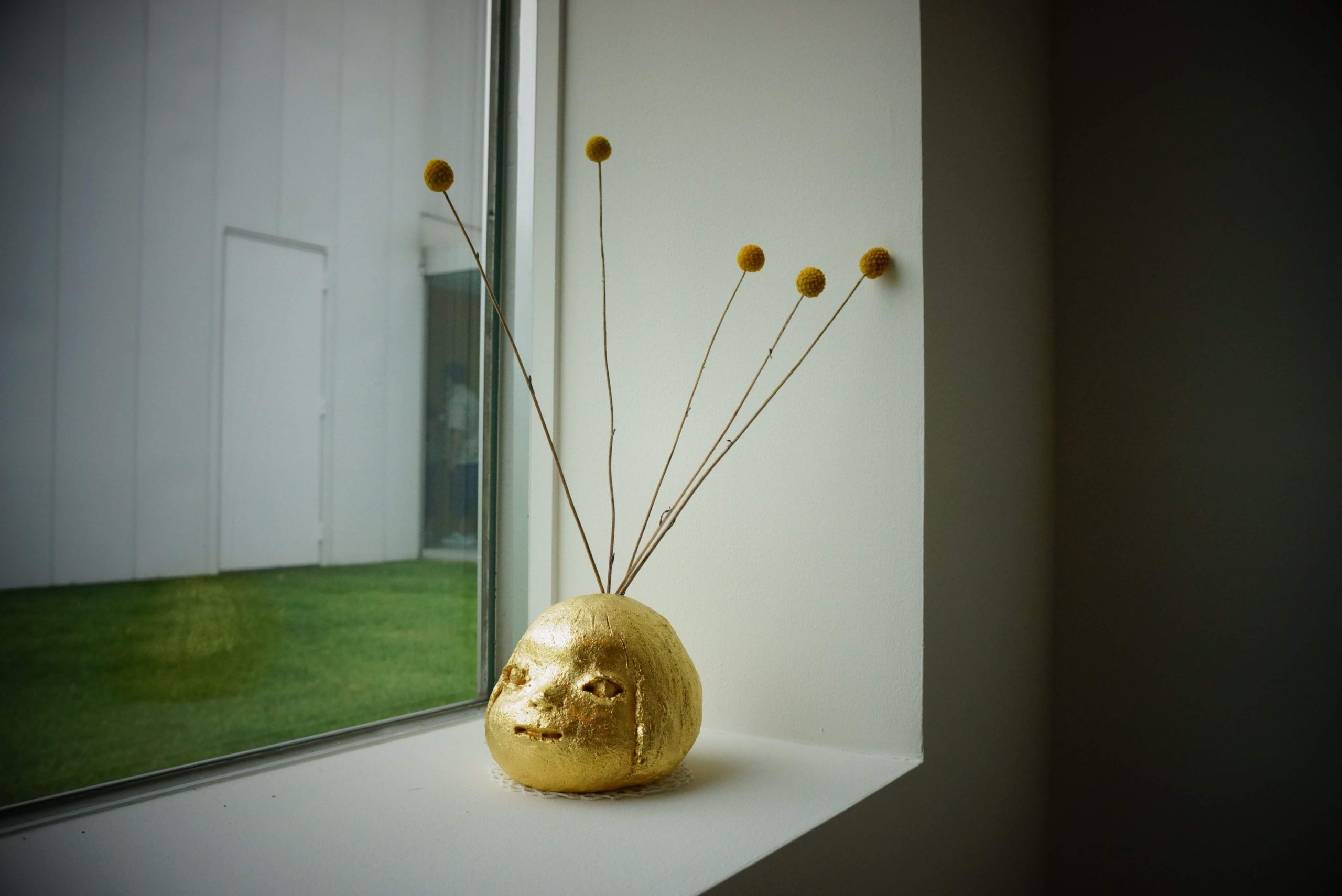
Located in Yoshitomo Nara’s home prefecture of Aomori, the Towada Art Center is a contemporary art museum located in Towada City. Exhibiting installations and artworks by many high-profile contemporary artists including both Yoshitomo Nara and Kusama Yayoi, the museum has won praise and popularity for its enjoyable collection of modern art. A long way from Tokyo but if you’re headed that way, well worth visiting. Open daily from 09:00 to 17:00 with last entry at 16:30. Closed on Mondays. Admission costs for adults: permanent collection JPY520 / special exhibition JPY800 / permanent collection + special exhibition JPY1200. Visitors aged under 18 are free of charge.
AOMORI MUSEUM OF ART, Aomori
Also located in his home prefecture, the Aomori Museum of Art includes both a permanent collection and temporary exhibitions, of which, Yoshitomo Nara’s 8.5 metre tall ‘Aomori-Ken’ outdoor statue is the most visible and famous artwork on display. The museum itself is dug-out the ground, with an imposing facade of white and grey creating a sombre yet striking setting for one of Yoshitomo’s most famous artworks. Open daily from 09:30 to 17:00 with last entry at 16:30. Closed on the second and forth Monday of each months along with Dec.28. Also closed irregularly for installation of new exhibitions. Admission costs: Adult JPY510 / Uni. & High School Students JPY300 / Primary & Junior High School JPY100 / Preschool and below are free of charge.





